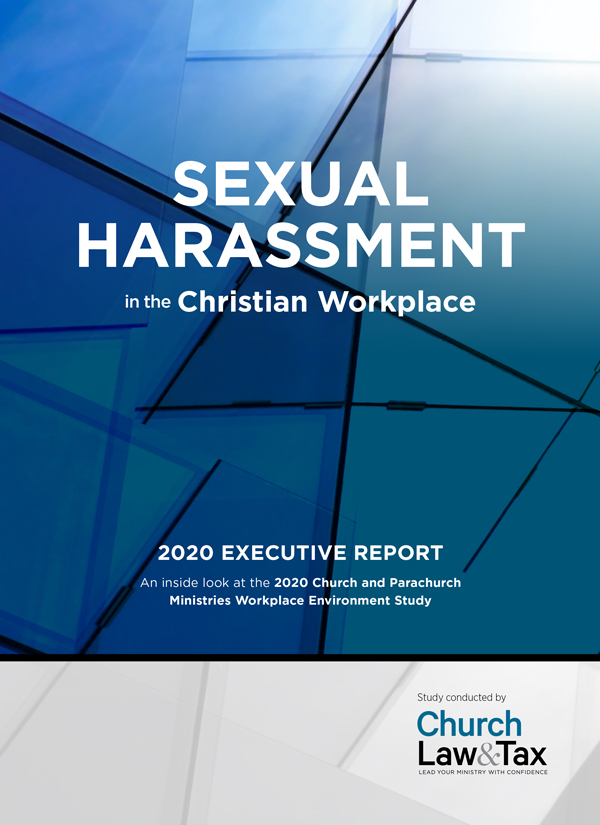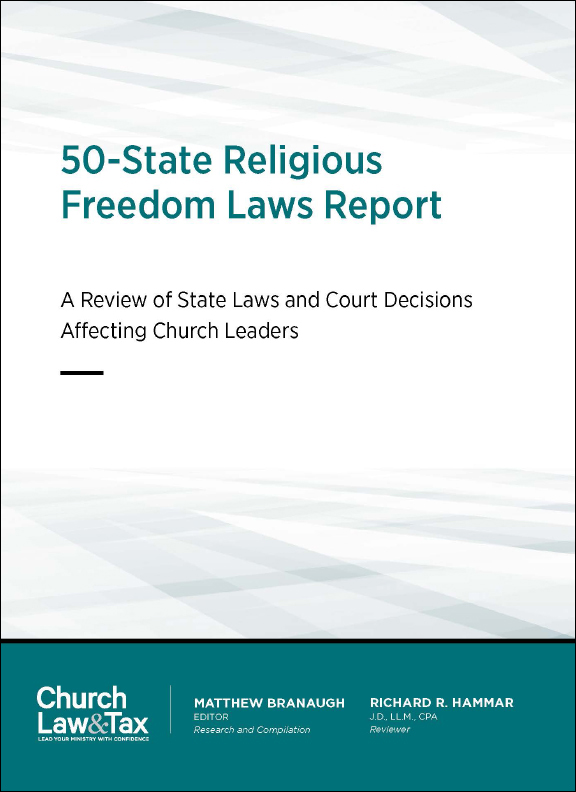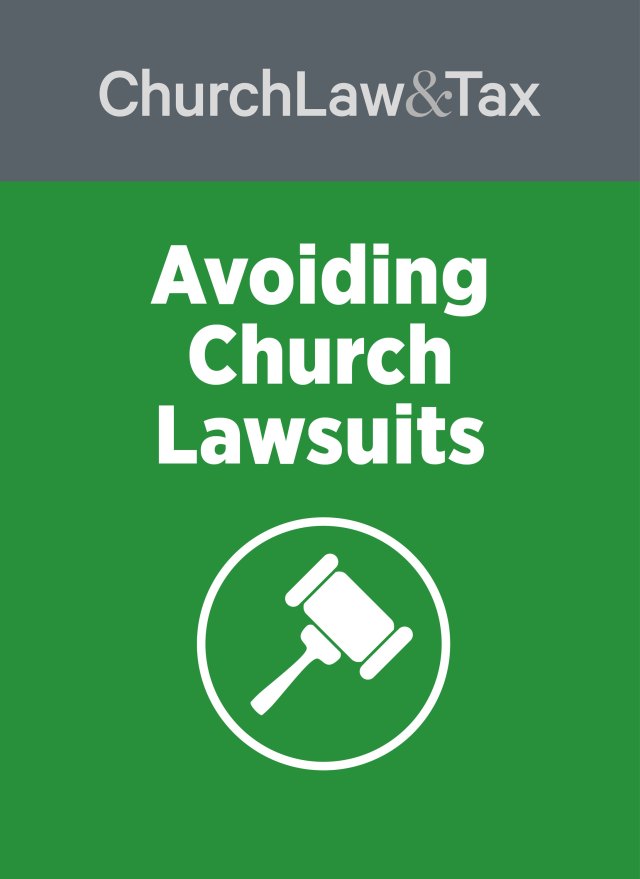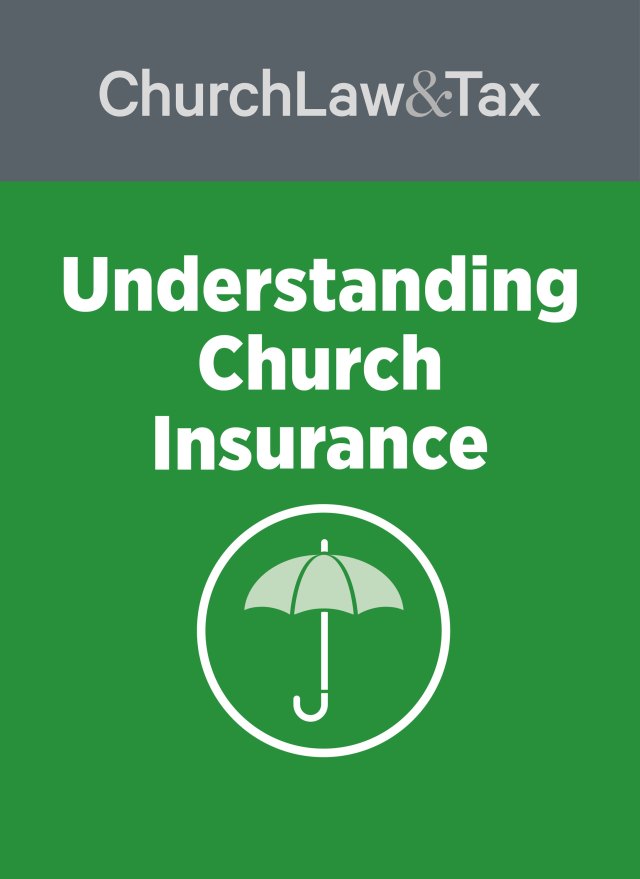The U.S. Centers for Disease Control and Prevention reports that the number of American kids with food allergies has soared. Allergic reactions can range from a tingling sensation around the mouth and lips to hives, or even death, depending on the severity of the reaction. Just eight types of foods account for 90 percent of all food allergies: milk, eggs, peanuts, tree nuts, fish, shellfish, soy, and wheat.
Food allergies in children can sometimes be so severe that they may not even have to ingest the food for a reaction to occur. A child who is allergic to milk can have a skin reaction just by putting their hand in a few drops of milk that spilled on the table. A knife that is used to spread peanut butter may accidentally be used to slice a jelly sandwich for a child who is allergic to peanuts. Even the smallest bit of peanut butter can be very dangerous to a child with peanut allergies.
Develop Policies and Procedures
In order to effectively prepare for pre-existing medical needs, your ministry will want to develop and implement policies and procedures in consultation with legal counsel. An effective policy will include the following components:
- Volunteer training. Let your volunteers know about the risk of harm to individuals with food allergies when they come into contact with certain foods, and prepare them to address allergic reactions.
- Posting notices. Decide where to post food warnings (such as “This is a peanut-free area.”)
- Medical Needs Form. Work with legal counsel to develop a medical needs form for the parents or guardians of affected individuals to complete.
- Location of equipment. Indicate where volunteers can find allergy-related medicines or equipment.
The following concepts should also be taken into account when developing an effective food allergy policy.
Read the Ingredients
Always read the entire list of ingredients on any food product you plan to serve during ministry activities, because some foods you may not even think of can pose a threat. For example, the use of peanut oil in such products as candy and hot dogs can cause a severe reaction in a child with a peanut allergy.
Most of the time, special symbols or specific warnings and/or indications are used on product packaging to identify the presence of peanut products and other common allergens. Look for common allergens listed in bold-faced type at the beginning of the ingredients list, too. For example, it may read “Contains milk, soy, and wheat ingredients,” or “Manufactured in a facility that uses tree nuts.”
When In Doubt, Don’t Serve It
Peanut allergies are so common that the best thing to do is to make sure all snacks in your children’s ministry are peanut-free. If a child has more than one food allergy, you may want to ask his or her parents to send in a supply of snacks that he or she can safely eat.
All staff and volunteers must be made aware of food allergies, and trained in what to do should a reaction occur. You may want to consider using nametags for children that specifically identify food allergies, so that staff and volunteers can easily identify and keep a watchful eye on them.
Timing is Everything
When dealing with severe allergies (like peanut products or bee stings), timing can literally mean the difference between life and death. If treatment involves the administration of an epinephrine injection (via an EpiPen®), the time to learn about the treatment and how to properly administer it comes long before an actual episode.
Ministries should compile this information in a manual and conduct regular training for ministry staff and volunteers on how to use the life-saving equipment. The child’s parents are an excellent source of information about their child’s condition. Ask them to help educate your staff and volunteers about the condition, and what to do if a reaction occurs. Local health departments and Red Cross chapters can also be valuable resources in preparing for health emergencies like severe allergic reactions.
Provide Ongoing Training
As with fire and tornado drills, church leaders should implement training programs that routinely educate workers of the risks faced by some of their more vulnerable members, as well as provide hands-on training on emergency procedures, like EpiPen® injections (Check with the child’s parents; a prescription is required for an EpiPen®.) Here are some organizations that can help with this training:
- The American Red Cross and the local health department have several programs available to teach CPR and other basic First Aid skills.
- Local hospitals and health departments may be willing to provide instruction and practical demonstrations of other emergency procedures that may be relevant to your church’s staff and volunteers.
Health and Safety Comes First
In some cases, the threat to the health and safety of a child is so great that church leaders may need to restrict a child’s activities or even require that a parent stay with him or her at all times. In making these difficult decisions, church leaders should always place the health and safety of the child ahead of other ministry objectives, and sometimes even the wishes of the child’s parents.
Church leaders should consult with a local attorney to develop and administer policies regarding children (or adults) with special medical needs like food allergies. The attorney can also assist the ministry in developing a Special Medical Needs Agreement for parents/ guardians to sign prior to allowing the child to participate in ministry activities.
This article was provided by Brotherhood Mutual Insurance Company.





